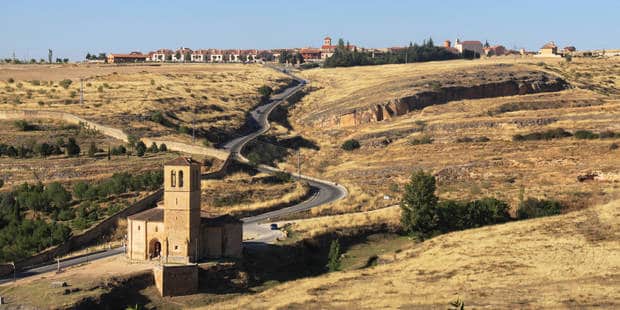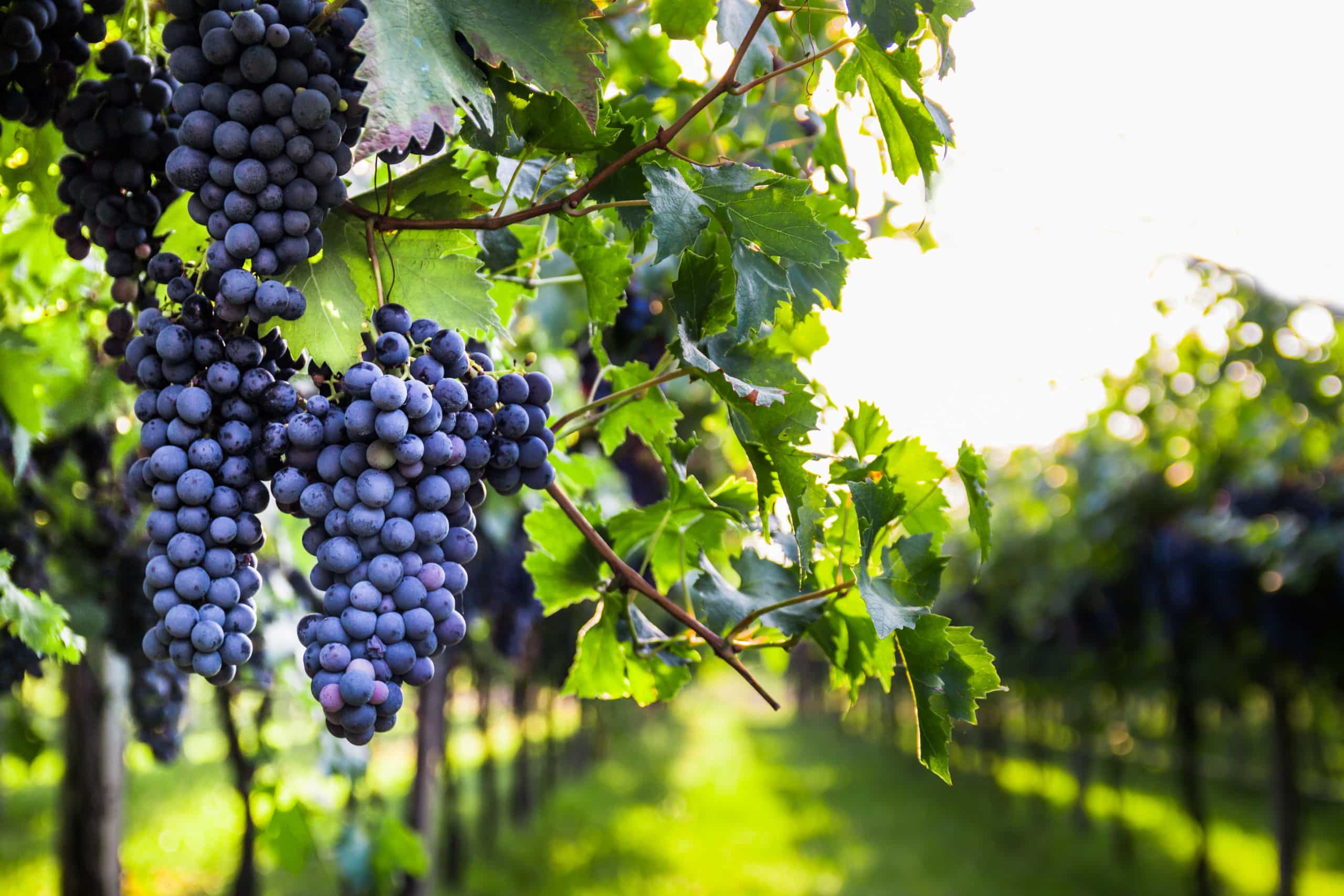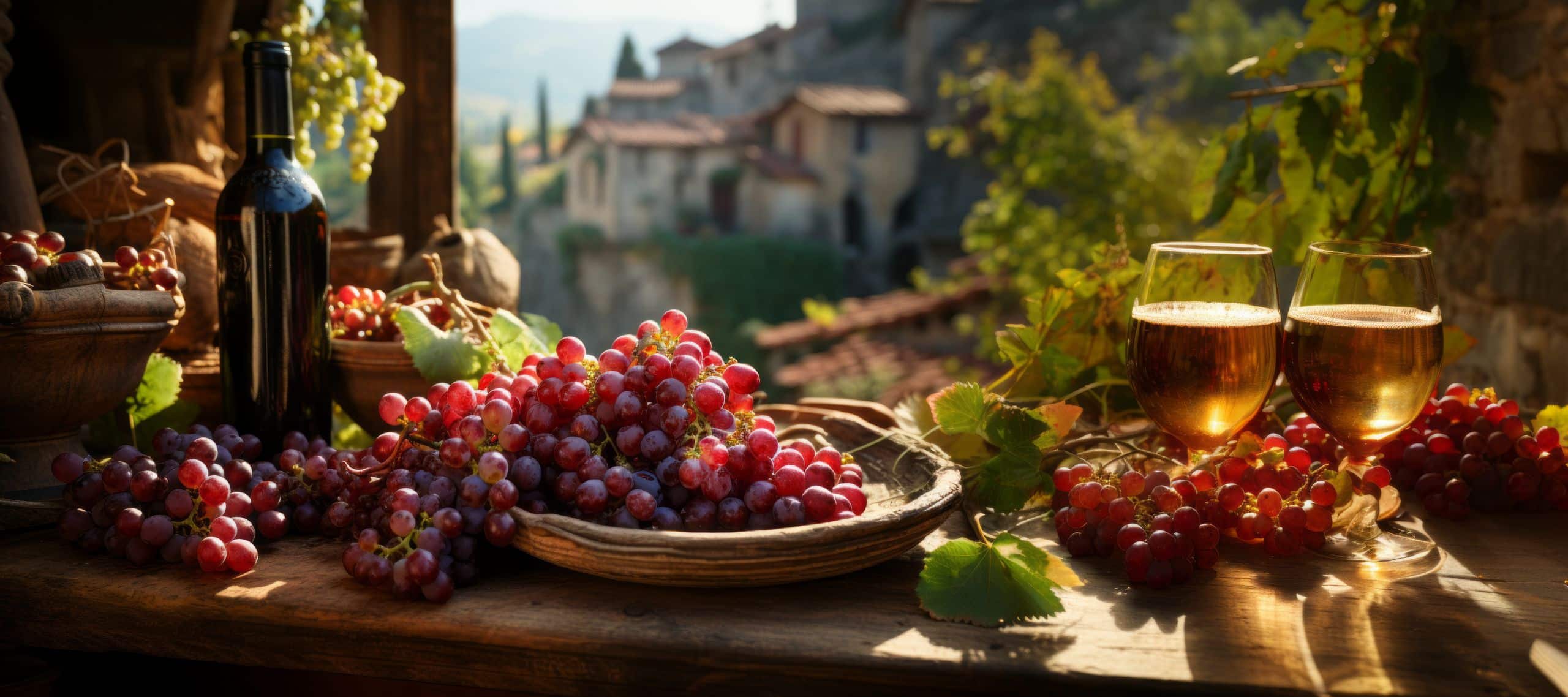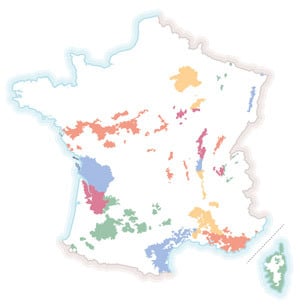
Contents
Castilla-La-Mancha (Spain)
In terms of surface area, Castilla-La Mancha (Spain) is the world’s largest wine-growing region. It covers almost 500,000 hectares of vineyards and accounts for 46.1% of the total surface area of Spanish vineyards.
This region is characterized by large expanses of gently sloping land and low hills. Its highest point is the Meseta plateau, between 700 and 1,000 meters above sea level, cut off from the Mediterranean. The region has a more hostile climate, with temperatures rising to 45° in summer and dropping to -15° in winter.
Although the largest in terms of surface area, this vineyard is not renowned for the quality of the wines it produces. Made up of over 20,000 winegrowers, this region has long been the least prestigious in the country, being the kingdom of cooperatives and low-quality wines, selling in supermarkets for less than €4. In recent years, however, a handful of producers have decided to take a more natural and less productivist approach, creating wines of character and sometimes even “vins d’auteur”.
25 grape varieties are allowed in the appellation, of which aíren is the most widely produced white variety. Chardonnay, Viognier, Macabeu and Verdejo are white grape varieties that produce better wines. For reds, Tempranillo (or Cencibel) and Grenache are widely grown. At higher altitudes, we also find Cabernet Sauvignon, Monastrell (Mourvèdre), Syrah, Merlot and Petit Verdot.
Languedoc-Roussillon
Without wishing to sound too chauvinistic, can a great vineyard that produces wines of poor quality legitimately be considered the world’s greatest vineyard?
Just behind the vineyards of Castilla-La Mancha is the Languedoc-Roussillon region, located in the south of France. With almost 230,000 hectares of vines, Languedoc-Roussillon alone accounts for around 5% of the world’s wine production. In France, it accounts for 30% of total vineyard area. Around 20% of the wines produced here are AOC and 57% PGI.
That’s it, that’s all there is to it…
Enjoy your meal!




